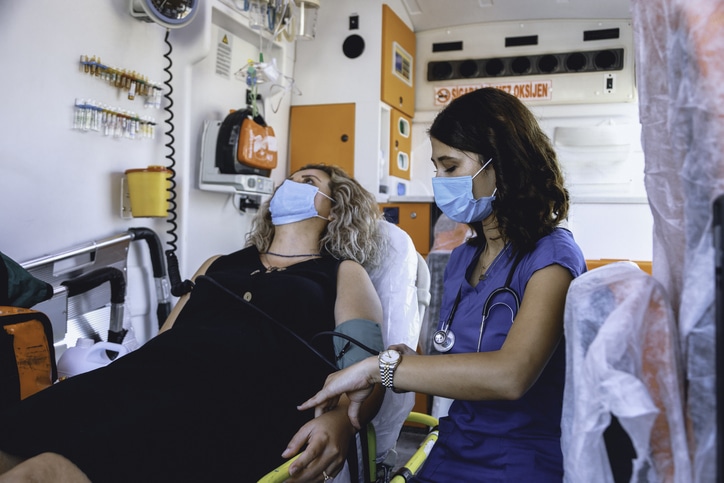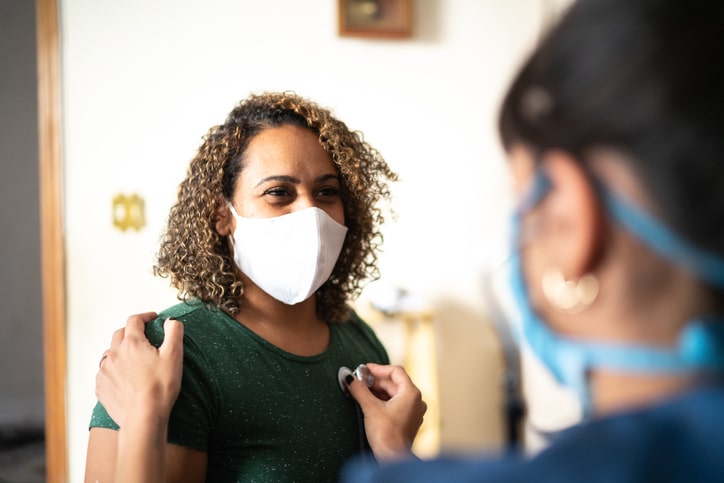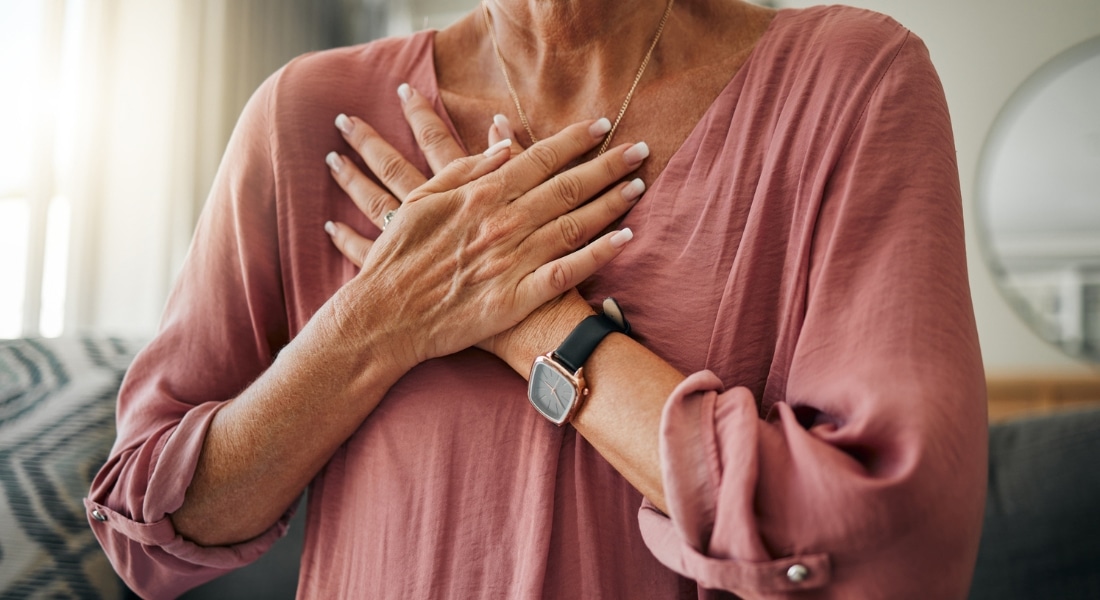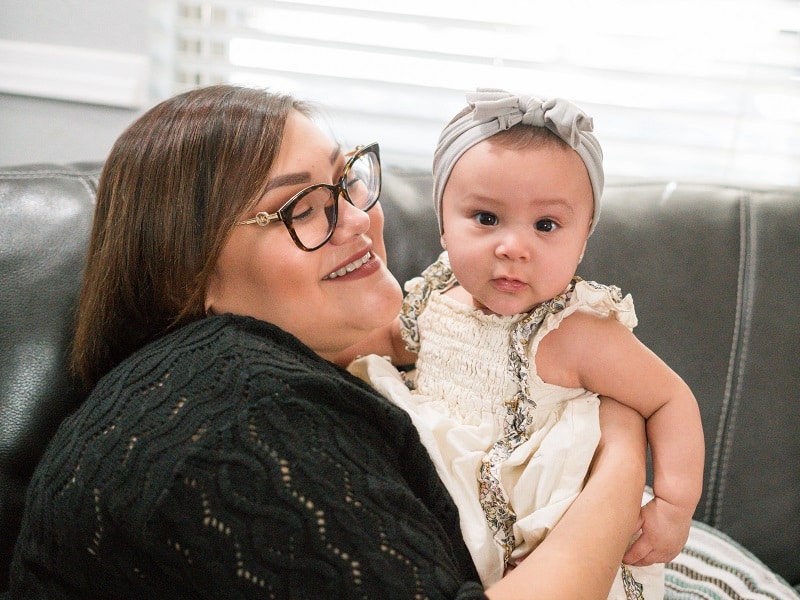For decades, heart disease has been the No. 1 cause of death for both men and women, but women are significantly more likely to die or suffer heart failure after a first heart attack than men.
That’s because women are more likely to be misdiagnosed when initially reporting symptoms or they ignore the warning signs entirely and never seek medical help, says Laurette Mbuntum, MD, interventional cardiologist on the medical staff at Methodist Dallas Medical Center.
“Women have a lot of aches and pains, so their tolerance is a bit higher and they tend to silently suffer and dismiss symptoms,” Dr. Mbuntum says. “Then the pain doesn’t go away.”
Don’t blame the victim for this lack of awareness. Statistics show that women may not get the same aggressive treatment for chest pain and other heart attack symptoms when they do seek help.
“A woman may wait longer to get her first EKG or blood tests or to get the attention of the medical staff as compared to men,” Dr. Mbuntum says. “And the longer you wait, the more heart muscle is dying.”
That’s why cardiologists like Dr. Mbuntum and the staff at Methodist Dallas are determined to better understand the gender gaps associated with heart disease and help improve women’s lives by raising awareness.

20% INCREASED RISK
Women have a 20% higher risk than men of dying or suffering heart failure within five years after their first severe heart attack, according to a study in the journal Circulation.
Part of this discrepancy can be attributed to the fact that women who suffer from a heart attack tend to be several years older than men, on average — age 72 for women compared with 61 for men in the study. Having lived an extra decade naturally puts women at higher risk for other complications.
But younger women can also develop heart disease, and patients in their 40s and 50s may get misdiagnosed because physicians don’t consider the risk factors until it’s too late.
“It’s the patient who is younger and may have had pregnancy complications or other chronic health problems who could be at higher risk for developing heart disease,” Dr. Mbuntum says. “Providers must recognize that risk.”
From prevention to advanced procedures, trust your heart to the innovative, personalized care that Methodist provides. Visit MethodistHealthSystem.org
UNUSUAL SYMPTOMS
The classic signs of a heart attack include chest discomfort, arm pain, and shortness of breath, but a heart attack can also mimic heartburn or nausea or even cause a toothache.
Less traditional symptoms affect men, too, but women often report unusual warning signs before and during a heart attack.
“More women report fatigue, nausea, vomiting, and back pain, instead of chest pain,” Dr. Mbuntum says. “Maybe you’re just not feeling yourself and you’re not able to tell the doctor what’s going on.”
So it’s incumbent on a healthcare provider to keep an open mind about the cause of these more unusual symptoms, in addition to the classic warning signs, Dr. Mbuntum says.
“It may be difficult, especially if you’re a busy emergency doctor to interpret back pain or nausea as a sign of a heart attack,” she says. “But providers must consider all the associated risk factors.”

DON’T WAIT, GET HELP
While women may present with unusual symptoms, many do suffer the classic red flags like chest pain but simply ignore them or delay treatment too long.
One study found that among the women surveyed, the average time they waited to seek treatment was up to 54 hours, compared with 16 hours among men.
That could be partly because men have been conditioned to fear a heart attack from an early age, but there could also be another factor at play.
“When men are sick, they might have a partner to urge them to go get help,” Dr. Mbuntum says. “Women might not have that advocate urging them to see the doctor or go to the hospital.”
The bottom line is that closing the gender gap requires better awareness among both patients and providers, Dr. Mbuntum says. The first step may be changing stereotypes and cultural norms.
“In movies and media, we all know what it means when you see a middle-aged man clutching his chest,” Dr. Mbuntum says. “With women, that same ‘light bulb moment’ needs to happen faster, for patients, for their partners, and for providers.”






